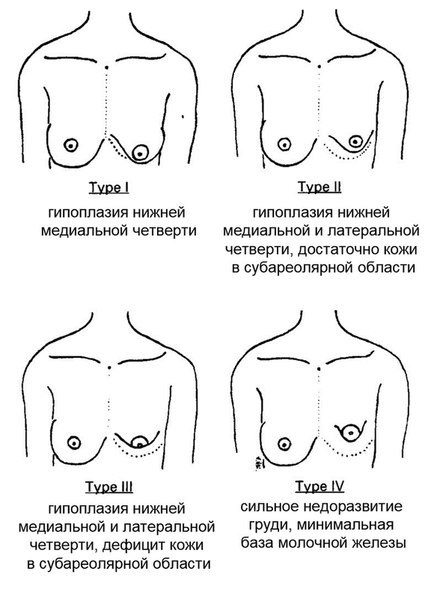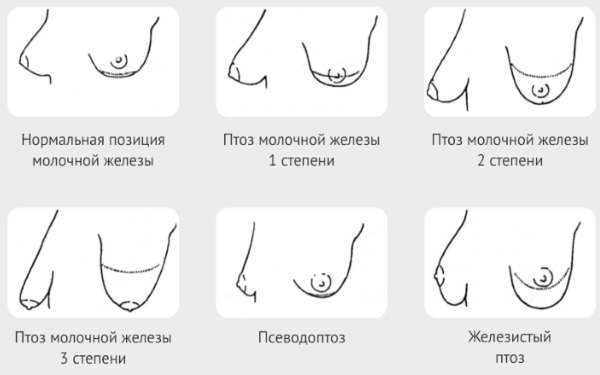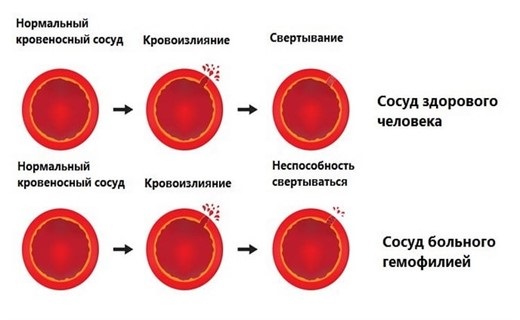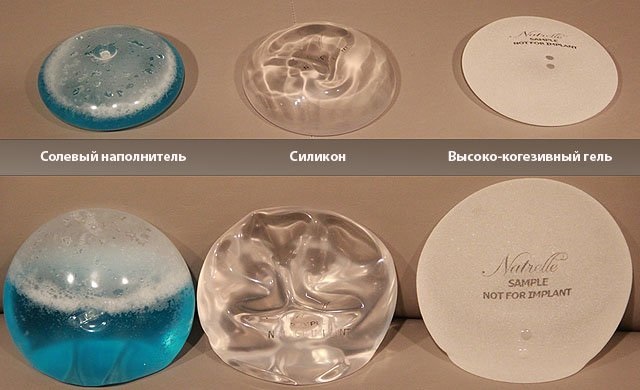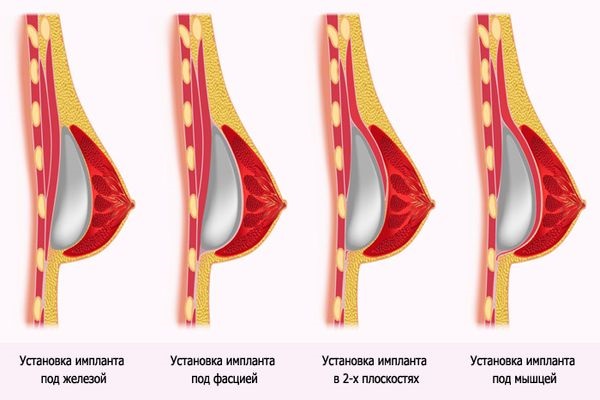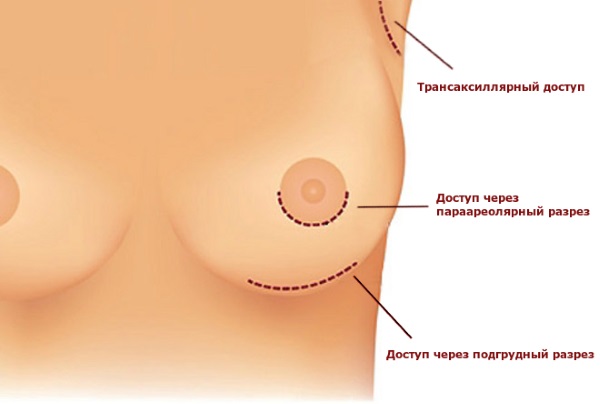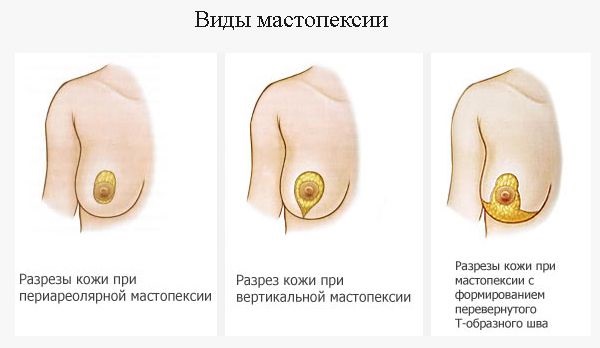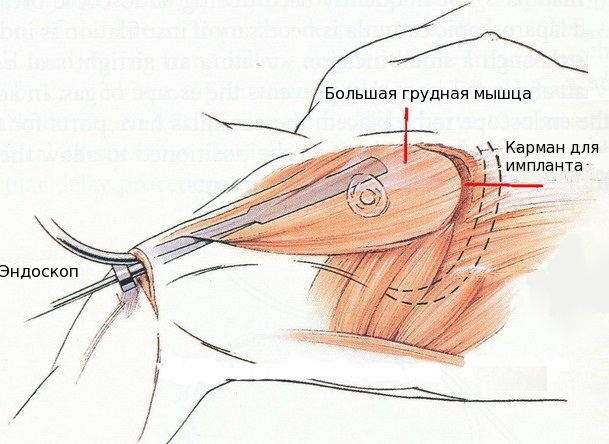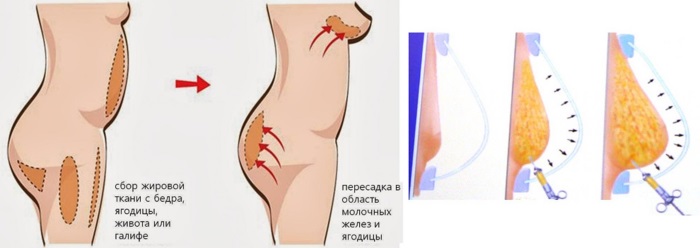Mammoplasty is the general name for a number of surgical techniques aimed at correcting the size and shape of the mammary glands. This is an operation that is performed if there are indications after preliminary diagnostics, a preparatory period and the exclusion of contraindications. The main purpose of the operation is to eliminate aesthetic breast imperfections in girls and women.
What is mammoplasty
Mammoplasty is an operation performed to change the size of the breast, eliminate congenital and acquired aesthetic defects, and correct age-related changes.
The operation can be performed with or without implantation. There are several methods that are selected for the patient on an individual basis, taking into account the goals of the operation, the individual characteristics of the body, wishes. Mammoplasty can also eliminate physiological pathologies.
Breast plastic surgery relieves the following problems:
- irregular breast shape;
- sagging skin, loss of shape as a result of breastfeeding;
- excessive volume of the mammary glands;
- asymmetry;
- increase in breast size;
- prosthetics after amputation.

The first results of effectiveness are assessed 30 days after the mammoplasty operation, and for the final recovery it takes up to 3 months, depending on the chosen correction technique.
Mammoplasty is an operation that is performed in several ways, depending on the goals set, individual characteristics and indications.
Today, plastic surgeons offer 6 methods for correcting the appearance of the breast:
- mastopexy (breast lift and restoration);
- reduction mammoplasty;
- correction of the nipple-areola complex;
- masculinizing plastic;
- endoscopic laser mammoplasty;
- mammoplasty without implants.
The techniques differ in the technology of surgical intervention, have features in the preparatory stage and give different results. The method of corrective intervention is selected by a plastic surgeon after consultation and preliminary diagnosis.
Indications for
Plastic surgery clinics offer correction of the shape and size of the breast, as well as the elimination of physiological imperfections. Mammoplasty is an operation that is performed according to the indications, or at the request of the patient.
The indications include the following pathologies, cosmetic defects and diseases:
- Sagging breasts (mastoptosis) as a result of active and prolonged breastfeeding, age-related changes, a decrease in skin elasticity, changes in body weight.
- Congenital hypoplasia, or underdevelopment of the mammary glands.
With the help of mammoplasty surgery, you can get rid of breast hypoplasia - Elimination of other congenital or acquired cosmetic defects and anomalies.
- Overdeveloped and large mammary glands are a cosmetic and physiological problem. It leads to the appearance of painful sensations, predisposes to the development of pathologies of the musculoskeletal system.
- Asymmetry is a discrepancy in the size of the mammary glands. The anomaly may be congenital or manifest after the completion of breastfeeding, acute inflammatory diseases.
- Dissatisfaction with the appearance, size, or shape of the breasts. The need to improve the aesthetic qualities of the breast.
- Gynecomastia, or overgrowth of the mammary glands as a result of hormonal imbalances in men.
- Removal of the breast due to the development of malignant tumors. Plastic surgery solves the problem of aesthetics by implanting an implant in several stages.
- Physiological or cosmetic defects of the nipples.
Contraindications
An operation to correct the shape and size of the breast requires not only the presence of indications, but also the absence of contraindications. Mammoplasty surgery cannot be performed for a number of reasons.
List of contraindications for corrective surgery:
- age up to 18 years (the mammary glands have not yet formed completely, therefore, surgical intervention can disrupt the development process);
- oncological diseases that do not require radical methods of treatment (in case of amputation at the same time, or after 3-6 weeks, breast plastic surgery with implantation of a prosthesis is performed);
- mental illness (can act as a categorical or temporary contraindication);
- HIV;
- viral hepatitis of all types;
- diabetes;
- chronic diseases in the stage of exacerbation (in the case of persistent remission, the decision is made on an individual basis, depending on the state of the body);
- phlebeurysm;
- thrombosis;
- reduced blood clotting;
- acute bacterial and viral infections;
- the period of pregnancy and breastfeeding (no earlier than 1-1.5 years after childbirth, the start of preparatory measures for breast augmentation is allowed);
- excessive body weight, obesity (BMI over 30);
- rheumatism;
- lupus.
In the case of diagnosing one or more problems from the above list, the mammoplasty operation is postponed until complete recovery or is strictly prohibited. The plastic surgeon makes the final decision.
Preparing for mammoplasty
Mammoplasty is an operation that requires thorough preparation, which begins with the choice of a plastic surgery clinic and a specialist. After this, the patient expects several preoperative preparatory stages.
Initial consultation with a specialist and examination - the beginning of preparation, assessment of the patient's condition, determination of final goals and further examinations. At this stage, the patient voices his wishes about the final result, receives basic information regarding the methods of the operation.
The doctor helps to make a decision in the choice of implants, helps to choose the best option based on the tasks set, advises on the entire process and subsequent rehabilitation, timing and cost.
At the next stage of preoperative preparation, examination and consultation are carried out with the following specialists:
- gynecologist;
- oncologist;
- dentist;
- anesthetist;
- therapist.
In the presence of chronic diseases in the stage of remission, the plastic surgeon can send for examination to a specialized specialist to make a final decision on the possibility of surgical intervention.
In addition to examining and consulting specialists at the preparatory stage, the following studies should be completed:
- ECG;
- fluorography;
- coagulogram;
- Breast ultrasound;
- analysis for the presence of antibodies to the hepatitis virus;
- testing for HIV and syphilis;
- general and biochemical blood test;
- general urine analysis.
To obtain complete information about the state of the body, the patient provides the plastic surgeon with as much information as possible about previous diseases, pathologies present, allergic reactions to medications.
After collecting all the patient's clinical data, planning the timing of the operation begins, taking into account the menstrual cycle - surgery is not performed during menstruation. After determining the date of the operation, the surgeon informs the patient about the need for two weeks of preparation on an outpatient basis.
Home preparation for plastic surgery consists in following the rules described below:
- A two-week avoidance of drugs, dietary supplements and foods that reduce blood clotting.
- Two-week cessation of alcohol, nicotine, psychotropic and other narcotic drugs.
- Switching to a dietary diet - reducing the consumption of salt, sugar, avoiding harmful foods.
- Health care - any disease, even a runny nose, can be a reason for postponing the terms of plastic surgery.
Additionally, experts recommend preparing everyday life for the recovery period. Take care in advance of creating comfortable conditions for rehabilitation, based on the projected timing, and purchase everything you need for a quick recovery.
Augmentation mammoplasty
Augmentation mammoplasty is an operation performed to enlarge the mammary glands. The essence of the technique is to carry out a surgical operation in order to implant an implant, which provides an increase in breast volume. Surgical intervention is performed only under general anesthesia.
There are 2 types of implants used in plastic surgery:
- silicone - consist of a shell filled with a cohesive or viscous gel;
- saline endoprostheses - the shell is filled with saline.
The size and shape of the implant is selected individually, taking into account the wishes of the patient regarding the result of the correction operation. There are round implants and anatomically shaped endoprostheses that allow you to recreate the most natural shape and size of the breast. The volumes of implants used differ depending on the desired breast size.
Manufacturers present 3 options for sizes:
- implant 150 ml for 1 breast size;
- implant 300 ml for size 2;
- implant 450 ml for 3 sizes.
Implants also differ in the texture of the shell. A prosthesis with a relief surface takes root more efficiently due to the filling of cavities with connective tissue. Smooth implants have a lower survival rate.
The method of the operation is chosen depending on the clinical picture.
There are 3 techniques that are selected based on the goals of the operation:
- The submammary method involves implanting the implant through a surgical incision made in the lower part of the breast, along the inframammary fold. The method under consideration allows you to mask the scar in a natural fold and is considered the safest because of the minimal risk of complications.
- For implantation of round implants, a technique is used that involves an incision in the armpit.
- Axillary technique - an incision for implantation is made along the lower part of the areola of the nipple.
After the installation of the implant, the final stage follows - the application of sutures. In plastic surgery, absorbable suture material is used, therefore, after the healing of the postoperative scar, a suture removal procedure is not required. The operation time is from 40 minutes to 2 hours.
Postoperative rehabilitation requires hospital observation for 3-5 days. A preliminary assessment of the result is possible after 30 days, and its consolidation - no earlier than 60 days.
Breast lift - mastopexy
Mastopexy is used in breast ptosis when the skin loses its elasticity and the breasts begin to sag. There are 3 grades of ptosis that are used in diagnosis. According to the position of the nipple in relation to the submammary (breast) fold, the degree of the problem is determined, and the appropriate techniques are selected.
Mastopexy is one of the few plastic surgeries that can be performed using local anesthesia and does not require general anesthesia.
To carry out mastopexy, the techniques described below are used:
- Periareolar mastopexy - Surgical lifting of the breast skin using an incision around the areola of the nipple. The advantage of the technique is that the breast tissue is not affected - only the skin is corrected. The technique under consideration is used in the treatment of first degree ptosis for minor correction.
- T-shaped mastopexy - Breast lift method by partial excision of skin areas. An incision is made along the edges of the areola of the nipple, going vertically to the breast crease. The technique is relevant for the treatment of mastoptosis of 2 and 3 degrees. Sometimes combined with reduction mammoplasty to avoid postoperative complications due to excessive breast volumes.
- Vertical mastopexy - incisions are made along the contour of the areola of the nipple and vertically, up and down. During the operation, an unnecessary skin area is removed and the gland tissues are sutured.
In some cases, with a slight degree of severity of mastoptosis, the augmentation method is used. The problem of sagging breasts is solved by implanting a small volume anatomically shaped implant.
Reduction mammoplasty
The indication for reduction mammoplasty is breast hypertrophy - excessive volume.
Factors predisposing to breast hypertrophy:
- overweight;
- genetic predisposition;
- endocrine disorders;
- pregnancy.
Excessive weight of the mammary glands in severe form poses a threat to the health of the musculoskeletal system, increases the risk of developing osteochondrosis of the cervical spine, intervertebral hernias, chronic mastitis and pain.
Reduction mammoplasty is aimed at eliminating excess mass, as well as correcting related problems - mastoptosis, asymmetry of the mammary glands.
The essence of reduction mammoplasty is the partial removal of breast tissue and skin, while maintaining its functioning and the ability to breastfeed after the rehabilitation period. The operation is performed under general anesthesia. The duration is from 1 to 3 hours, depending on the complexity and individual characteristics.
Correction of the nipple-areola complex
Correction of the nipple-areola complex is performed as a separate procedure or in conjunction with other types of plastic surgery aimed at improving the breast. The procedure is indicated for the disproportionate size of the areola and nipples, for shape correction or restoration.
Depending on the goals pursued, various techniques are used:
- To correct the areola of the nipple, the method of partial excision of the pigmented tissue and the formation of the correct shape are used. To restore the areola, transplantation of pigmented skin areas from the perineal area is used, or the introduction of pigment by tattooing.
- The restoration of sunken nipples is required to restore the functions of the mammary gland and eliminate a cosmetic defect. It is produced by opening the milk ducts. The postoperative scar in this case is no more than 1 cm, and the recovery period is up to 1 month.
- Reducing the size of the nipple is performed by the method of wedge-shaped excision of a part of the tissue and subsequent application of sutures.
- Reconstruction of the nipples is a complex operation performed during the installation of an endoprosthesis after breast amputation. The plastic surgeon forms the nipple from the breast skin, and donor skin from other parts of the body is used for the areola.
Repeated
Repeated mammoplasty is indicated if there are problems with the previously installed implant. The specifics of re-intervention are determined depending on the problems that need to be eliminated.
Reasons for reoperation mammoplasty:
- deformation of implants;
- medical errors in the process of correction;
- too large implants;
- discomfort, pain;
- inflammatory processes;
- bleeding;
- rupture of the implant;
- change in the shape of the breast after pregnancy, breastfeeding, weight loss.
Re-mammoplasty is performed no earlier than 6 months after the previous operation, if the patient's condition does not require urgent intervention.
The incisions are made along the scar line. The essence of the operation is to remove the unsuitable implant, excision of the scar tissue and install a new, individually selected implant. The peculiarities of repeated plastic surgery are dictated by the presence of concomitant pathologies.

 Don't miss the most popular column article: Breast lift without implants - all methods, methods and procedures. Efficiency, before and after photos.
Don't miss the most popular column article: Breast lift without implants - all methods, methods and procedures. Efficiency, before and after photos.Masculinizing
Masculinizing mammoplasty is performed in conjunction with sex reassignment surgery, as well as after removal of the mammary gland during the treatment of cancer. Masculinizing mammoplasty consists of partial resection of the skin of the breast and the breast itself.
For breast reconstruction, a saline endoprosthesis is implanted, and cosmetic imperfections are eliminated by correcting the nipple-areola complex.
The peculiarity of masculinizing mammoplasty is the complete loss of breast function, without the possibility of recovery. Therefore, the operation is preceded by serious medical and psychological preparation. The operation time is from 1.5 to 3.5 hours, and the rehabilitation period is up to 3 months.
Laser endoscopic
Laser correction of the shape and size of the breast is an alternative to traditional surgery. The operation is performed using a hardware method using a laser endoscope. The peculiarity and advantage of the technique is the minimum size of scars and quick recovery.
During the operation, incisions are made in the axillary cavity or in the breast fold for implantation of the implant.
List of advantages of laser endoscopic mammoplasty:
- allows you to minimize blood loss;
- low risk of further complications;
- short rehabilitation period
- due to the possibility of visualizing the process, the risk of medical error is reduced.
Mammoplasty without implants
Mammoplasty is an operation that can be performed without using an endoprosthesis. An implant is a foreign body in the body, therefore, if there are contraindications, an operation is used, called "lipofilling". The essence of mammoplasty without implants is to enlarge the breast and restore its shape by transplanting subcutaneous fat from other parts of the body.
The main features of the technique:
- long-term rehabilitation is not required;
- the duration of the procedure is up to 1.5-2 hours;
- the minimum list of contraindications;
- low risk of complications;
- lack of rejection reaction.
The effect lasts for 2 years, after which a second operation is required, after which a correction should be made.
Rehabilitation procedure
Features of recovery after surgery depend on the technique used, the individual capabilities of the body, the effectiveness of rehabilitation tactics. The universal approach involves the following steps during the rehabilitation period.
- Stay in the clinic for 1 to 5 days.
- The use of antibiotics to prevent the development of complications in the form of bacterial infections and suppuration of sutures.
- Local care (use of ointments to heal postoperative scar, disinfection, tight dressings).
- Wearing compression garments.
At home, patients continue local care of the postoperative scar, taking prescribed drugs. During the healing period of scars, you cannot visit the solarium, sauna, gym, swimming pool.
Emotional and physical stress is contraindicated. After 14-30 days, they undergo a routine examination to evaluate the results and determine the strategy for further treatment.
Possible complications
Mammoplasty is an operation associated with an increased health risk, therefore, the surgeon warns the patient about possible complications in advance. Complications occur in most cases due to a violation of the technology of the operation, as a result of improper care during the rehabilitation period, or because of the individual characteristics of the organism.
A list of possible postoperative complications is given below:
- Scar infection, the development of an acute inflammatory process is the result of the penetration of bacteria in the process of intervention or violations of the rules for caring for the seam.
- Soft tissue necrosisd - the result of an inflammatory process or insufficient blood supply to the mammary gland.
- Accumulation of serous fluid occurs due to impaired drainage functions of the lymphatic system or surgical errors.
- Hematoma Is the most common complication. In most cases, it does not require treatment, but if a bruise occurs in the cavity with the implant, an inflammatory process may develop and re-intervention may be required.
- Slow regeneration tissues and rejection of the prosthesis occurs as a result of the characteristics of the organism or a violation of technology.
- Cosmetic defects - keloid scars, stretch marks on the breast skin.
- Loss of implant as a result of suture rupture - a rare complication after the implantation of large implants and poor tissue regeneration.
- Some types of operations do impossible in the future breastfeeding.
The cost
Mammoplasty is an operation that cannot be covered by standard health insurance. The price of not performing an operation is determined individually, taking into account the peculiarities of the technique, the selected implants, and wishes regarding the result. The average cost of plastic surgery to correct the shape and size of the breast is shown in the table below.
| Augmentation mammoplasty | $ 4,000 to $ 7,000 |
| Mastopexy | $ 2,000 to $ 6,000 |
| Reduction mammoplasty | $ 2,200 to $ 7,000 |
| Correction of the nipple-areola complex | $ 800 to $ 2000 |
| Reoperation | $ 4,000 to $ 8,000 |
| Masculinizing mammoplasty | $ 3,000 to $ 5,000 |
| Laser endoscopic plastic | $ 4500 to $ 7000 |
| Without implants (lipofilling) | $ 1400 to $ 2000 |
Article design: Mila Friedan
Video about mammoplasty
Reviews about mammoplasty:

